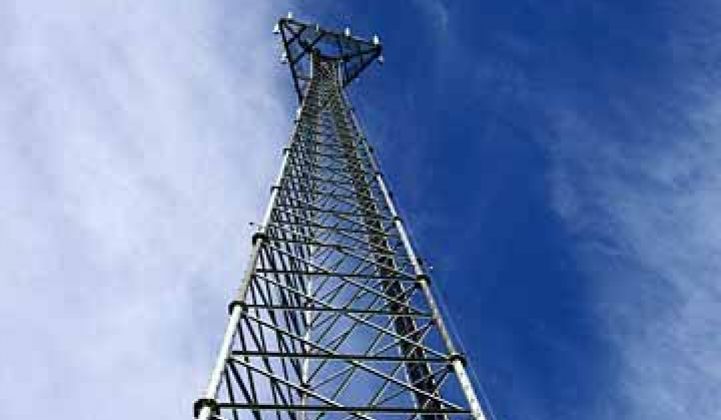It’s not surprising that cellular giant Qualcomm is bullish about the prospect of public carriers getting into smart grid. The difference between making the pitch now, as opposed to just a few years ago, is that today a lot more people -- and utilities -- are listening.
In the U.S., radio mesh networks have been the most popular choice for smart grid communications, although many utilities are now taking a multi-pronged approach. In the past, cellular was simply too expensive, but the price has dropped dramatically and now telecoms are actively looking to get in on the action. Since the cost has come down, security and coverage are often the two other areas that critics say are a problem. In those two areas, Qualcomm also argues carriers also have a leg up.
“Public cellular networks really set themselves apart in end-to-end security,” said Julian Durand, Staff Manager of Product Management for Qualcomm’s CDMA technologies division. During a recent Greentech Media webinar, The New Role of Cellular Networks in Smart Grid, Qualcomm talked about the increasing trend of utilities giving cellular a serious look.
Durand notes that like coverage, public carriers spend millions of dollars on security, adding that governments, enterprises and businesses use the systems across the globe. “They’ve passed the test of scale, time and the number of users,” Durand argues.
The security expertise is matched by coverage -- but only if utilities are looking at a multimode system. No cellular company can cover every location 100 percent of the time. However, a multimode approach can offer complete coverage and superior redundancy. As was recently noted in a white paper from Duke Energy, telecoms are investing billions in their infrastructure, so it makes sense to leverage that investment instead of building it out separately.
However, signing up various carriers -- as opposed to just one -- certainly costs more. But Durand said that over the lifetime of the system, the redundancy would actually save money. Another area where cellular saves money, according to Durand, is in the staff required to build and run the network. He said that the prospect of avoiding these costs over the course of decades had some utilities particularly excited.
In the U.K., there will be just one wide area network (WAN) to cover all of the utilities for their meter readings and potentially for other applications, as well. The U.K. has already been a proponent of cellular, so it is likely -- although not certain -- that the final choice will be a cellular solution. Vietnam is also looking toward cellular for its smart grid, according to Durand.
Other applications have contributed to the fact that cellular is getting a serious look from utilities. When it comes to real-time communications with extremely low latency, Durand said that cellular is a great choice. ECOtality is using cellular in electric vehicle charging as part of the EV Project. Texas-New Mexico Power and CPS Energy are also using cellular as part of their smart grid projects.
Qualcomm also knows that the real solution for end-to-end smart grid is not just cellular. Duke, which is a proponent of cellular, still uses some mesh, PLC and Wi-Fi for its smart grid deployments. Although there is not a single silver bullet, Qualcomm says that cellular is ready to meet the full demands of the smart grid -- from meters to EV charging to distribution automation. “Once you see a few of the utility thought leaders roll out cellular,” said Andy Wood, Director of Business Development for Qualcomm CDMA Technologies, “I think you’ll see a domino effect.”



